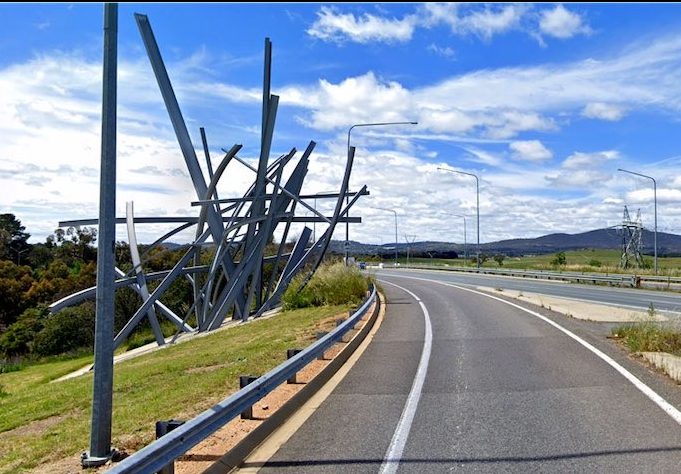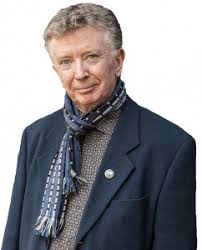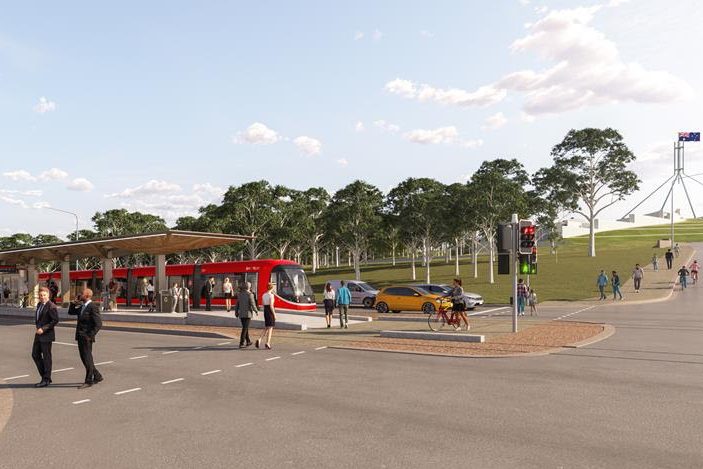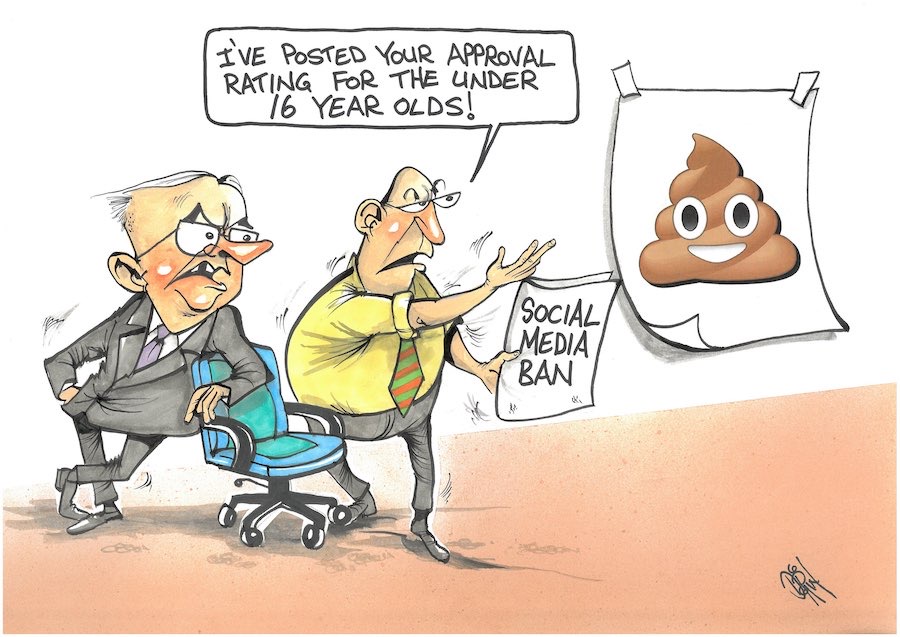
“Serious considerations need to be given to re-establishing an ACT government-funded public art and sculpture program. The whole city needs to benefit,” writes “Canberra Matters” columnist PAUL COSTIGAN.
ONE outstanding case study in how to get it wrong with significant public art remains the 2003 National Capital Authority’s efforts to celebrate the Centenary of Women’s Suffrage.

The centenary was in 2002 – so better late than never! Most people heard about this initiative in mid-2003 when it was announced fully formed with installation to happen by the end of 2003.
Everyone directly involved was convinced that all the boxes had been ticked, consultations were done and dusted and that the work was wonderful.
There was trouble with the artwork design with more funds requested. But it was the proposed location that caused stuff to hit the fan.
The work was a large, red, moving fan to be installed behind Old Parliament House and was to be significantly taller than the heritage building.
Many did not agree about the location being in the middle of the axis from Parliament to Mount Ainslie. As someone said – anywhere but there! This very vocal opposition joined forces with more conservative forces from within parliament. The project was stopped in its tracks.
To get something done for the centenary, the NCA had to come up with an alternative while dealing with the reality that much of the funds had evaporated.
No more expert panels, instead the NCA drew on their in-house designers to come up with a water thingy now at the entrance to the eastern gardens to the side of Old Parliament House. It is a forgettable piece of public art for an anniversary of huge importance.
The lessons were that no matter how high profile the expert selection committee and how worthy the intentions, somewhere in the system has to be a failsafe person that steps forward and says: “You have got to be kidding!”
The other stand-out faults were that the project was running late, costs were about to blow out big time and the community consultations were token at best. Looking at how today’s NCA conducts its business with locals and how it treats heritage – not much has changed.
In a previous piece on public art (CN August 12), I mentioned the importance of placement and landscape design.
One work that people in Canberra love to dislike is the large, metal piece at the Barton Highway/Gungahlin Drive overpass. For those who did not know, this metal, 17-metre-high structure was designed to resemble Australia’s indigenous grasses.
Unfortunately, most regard the work as something that must have fallen off a truck. No surprises there given the inappropriate placement.
I sort of get this work, but it suffers because of its placement perched on a small concrete slab on the side of the ramp. This location is seriously so wrong. People passing by should be able to see it from afar and have it become clearer as they get closer – not come upon it as a surprise. This work should be relocated.
Talking of things left behind, there is the large package sculptural piece left on the corner of West Row and Alinga Street in Civic. It remains a favourite. Others are the four creatures (“Icarus”) in Petrie Plaza just off City Walk, Civic, the “Bogong Moths” near the Museum of Australia, Belconnen’s “Powerful Owl” on the corner of Belconnen and Benjamin Way, “On The Road Again” at Lyons shops and “Toku” in Canberra’s Nara Peace Park by the lake. There are heaps more I could list and will do so in a future piece.
Serious considerations need to be given to re-establishing an ACT government-funded public art and public sculpture program. The whole city needs to benefit – not just the central locations.
I must draw attention to the very overlooked ANU Sculpture Walk for which you wander the campus to spot the artwork as well as the occasional significant architecture.
I urge people to rediscover the artworks scattered around Canberra and those within the ANU.
Paul Costigan is an independent commentator and consultant on the visual arts, photography, urban design, environmental issues and everyday matters.
Who can be trusted?
In a world of spin and confusion, there’s never been a more important time to support independent journalism in Canberra.
If you trust our work online and want to enforce the power of independent voices, I invite you to make a small contribution.
Every dollar of support is invested back into our journalism to help keep citynews.com.au strong and free.
Thank you,
Ian Meikle, editor




Leave a Reply